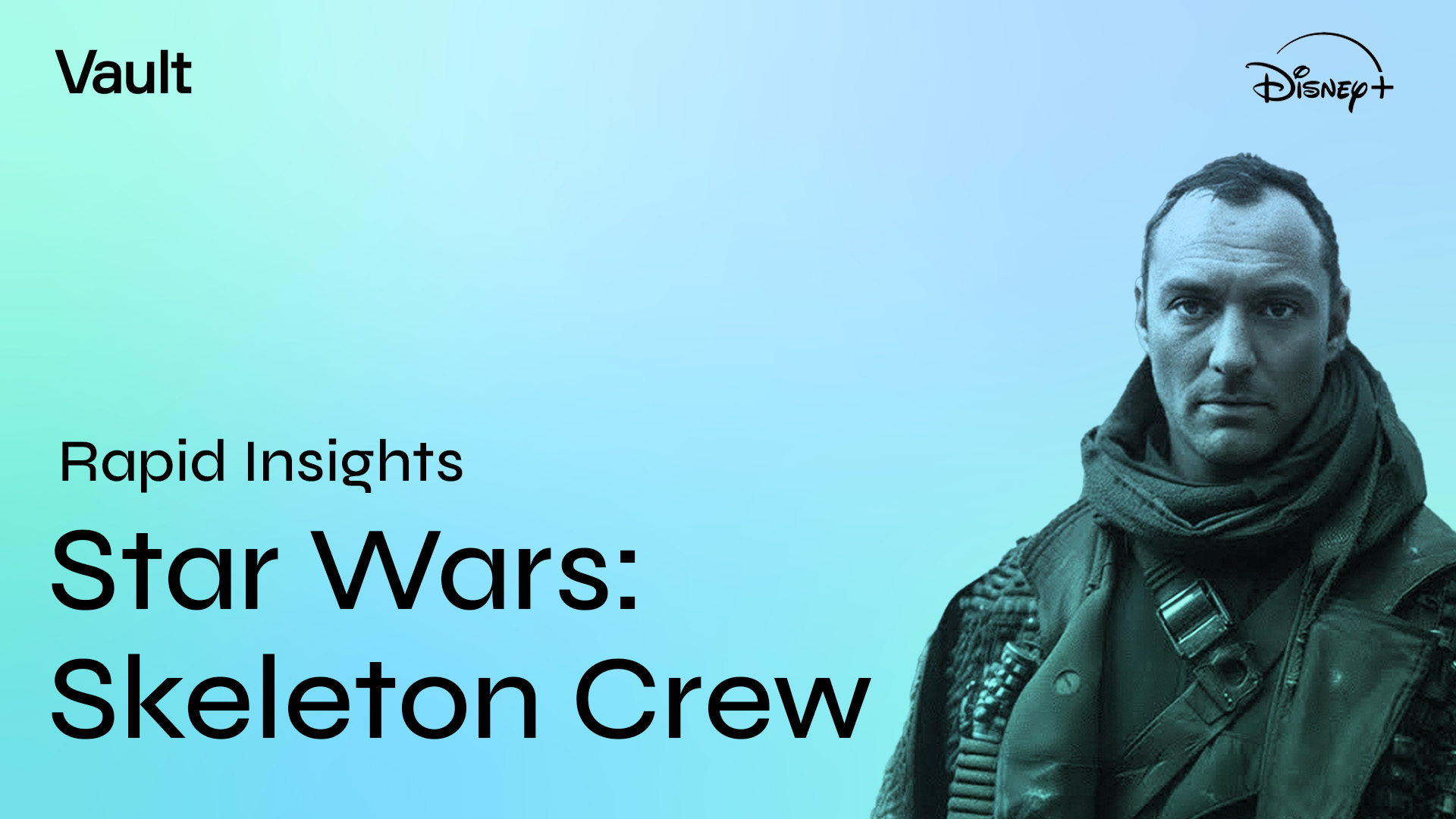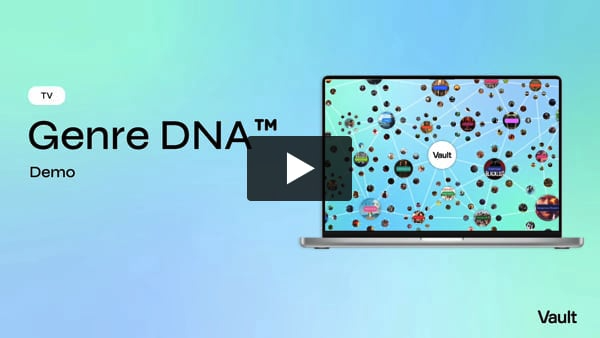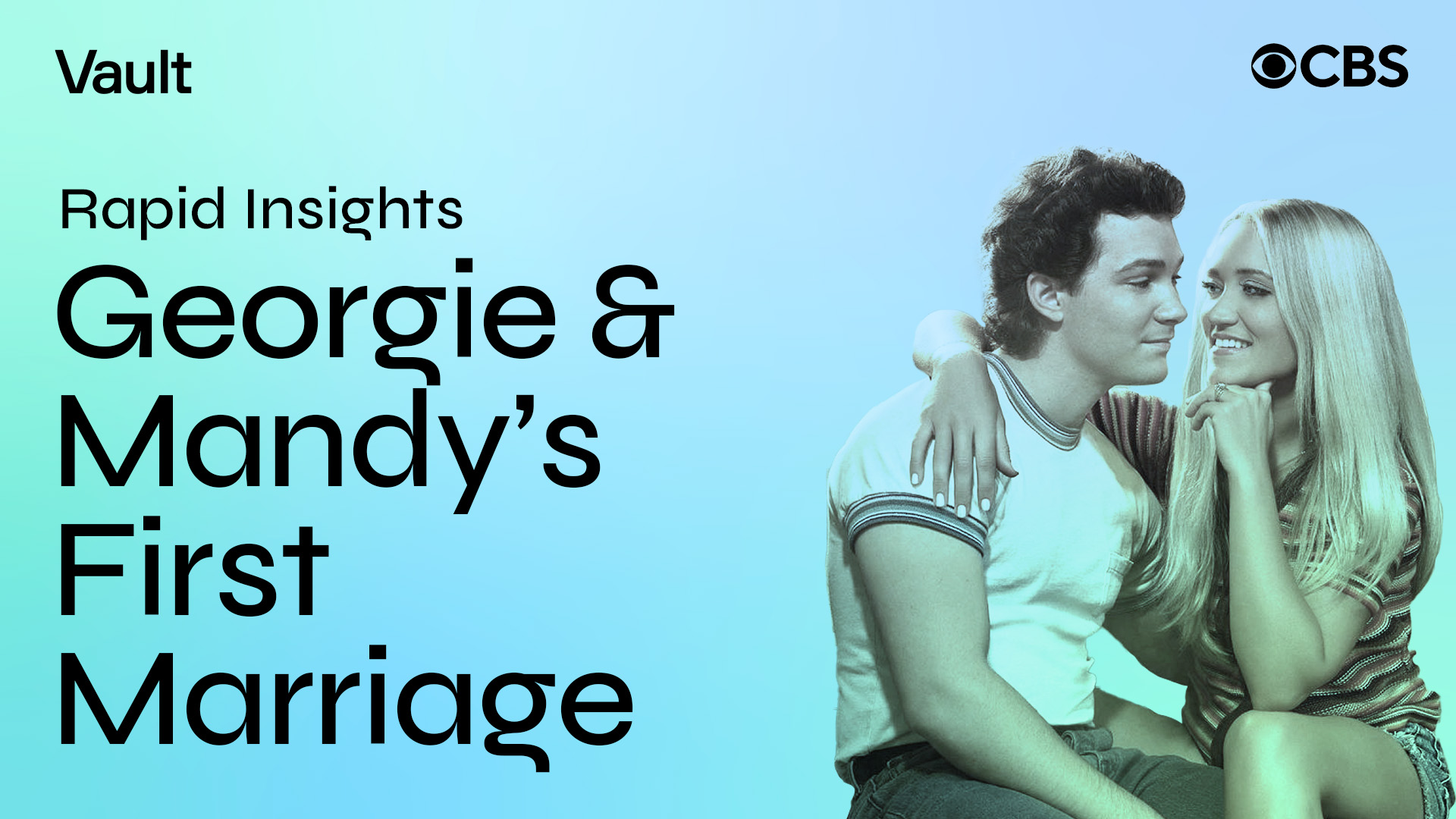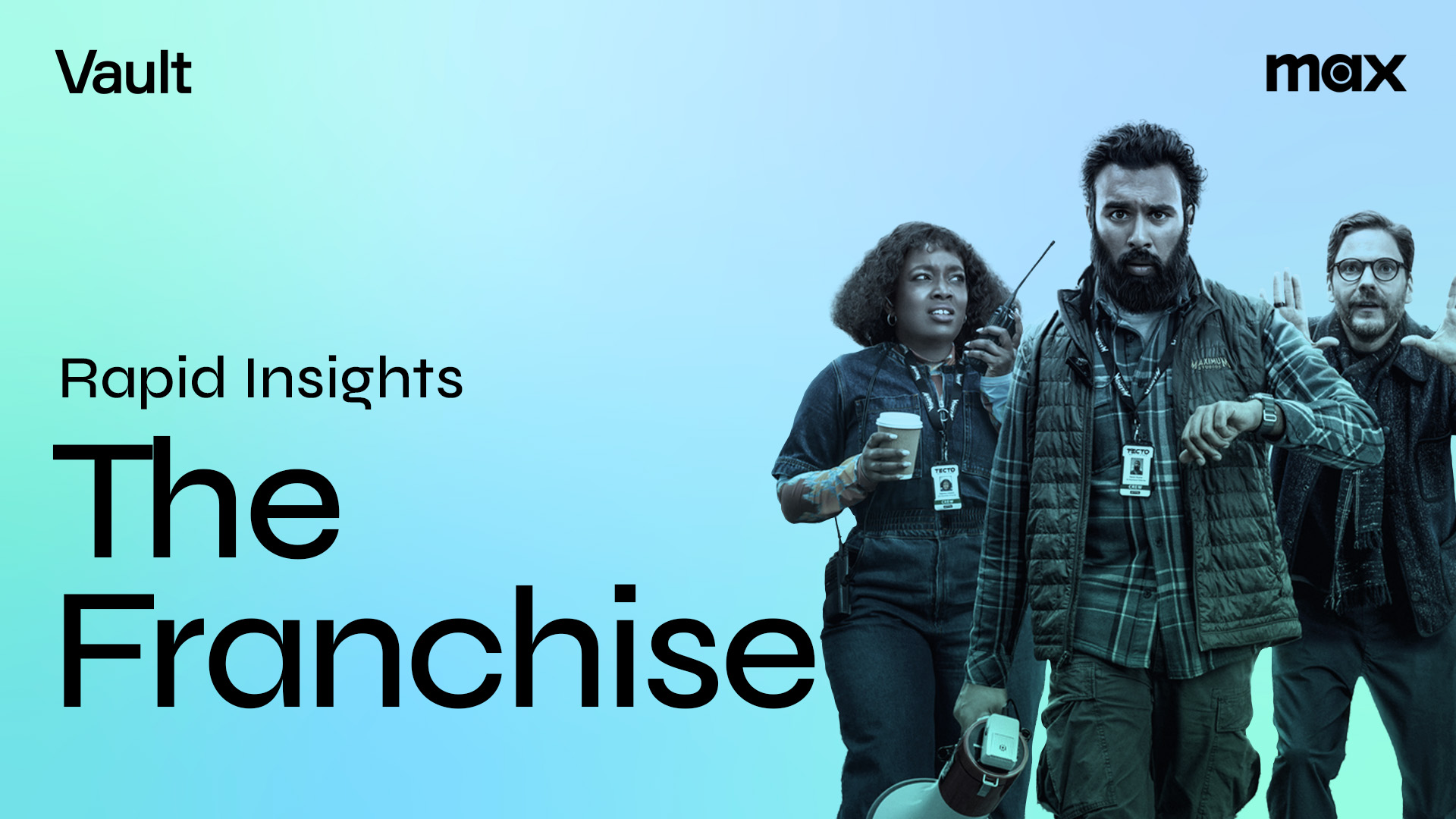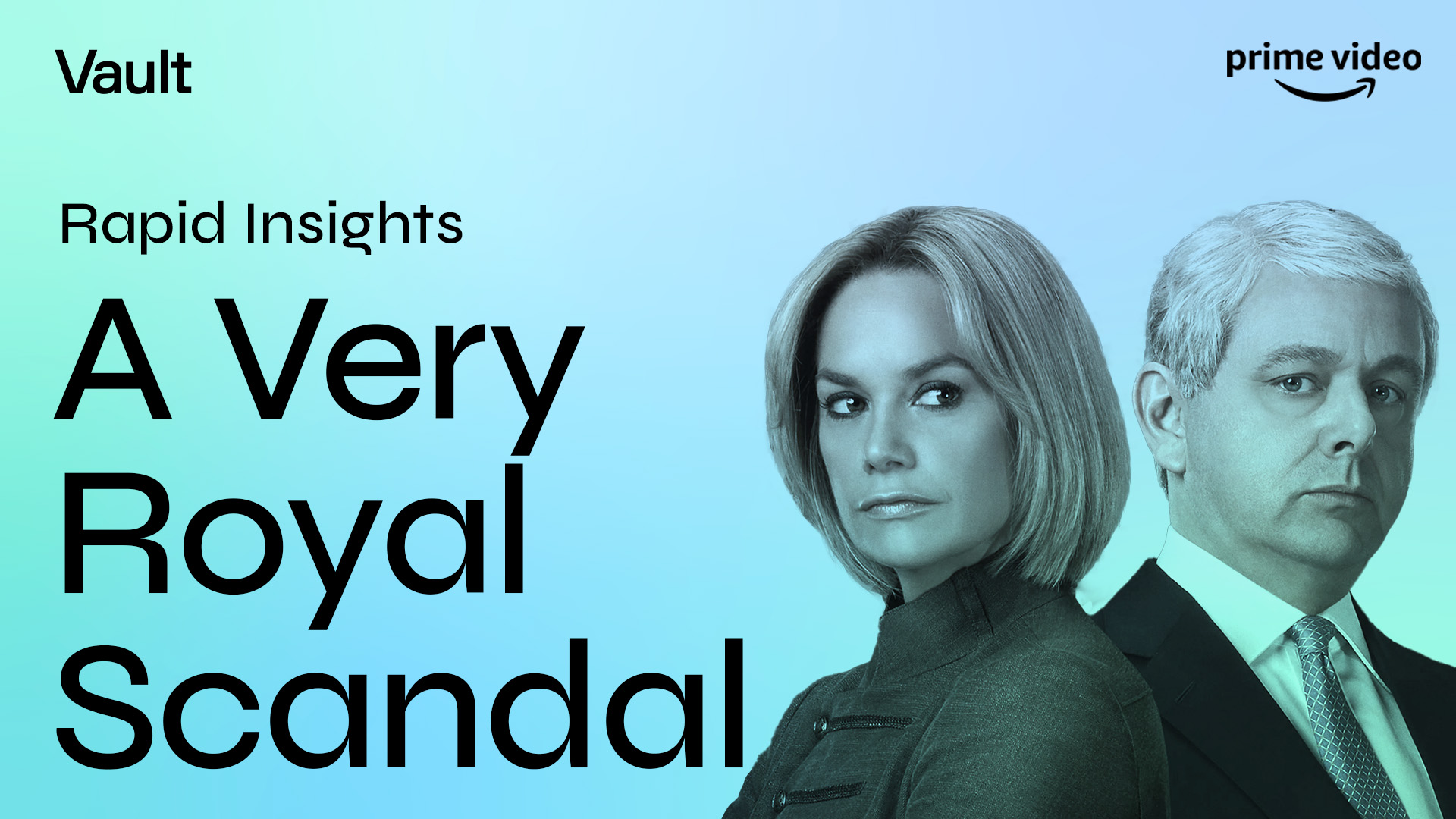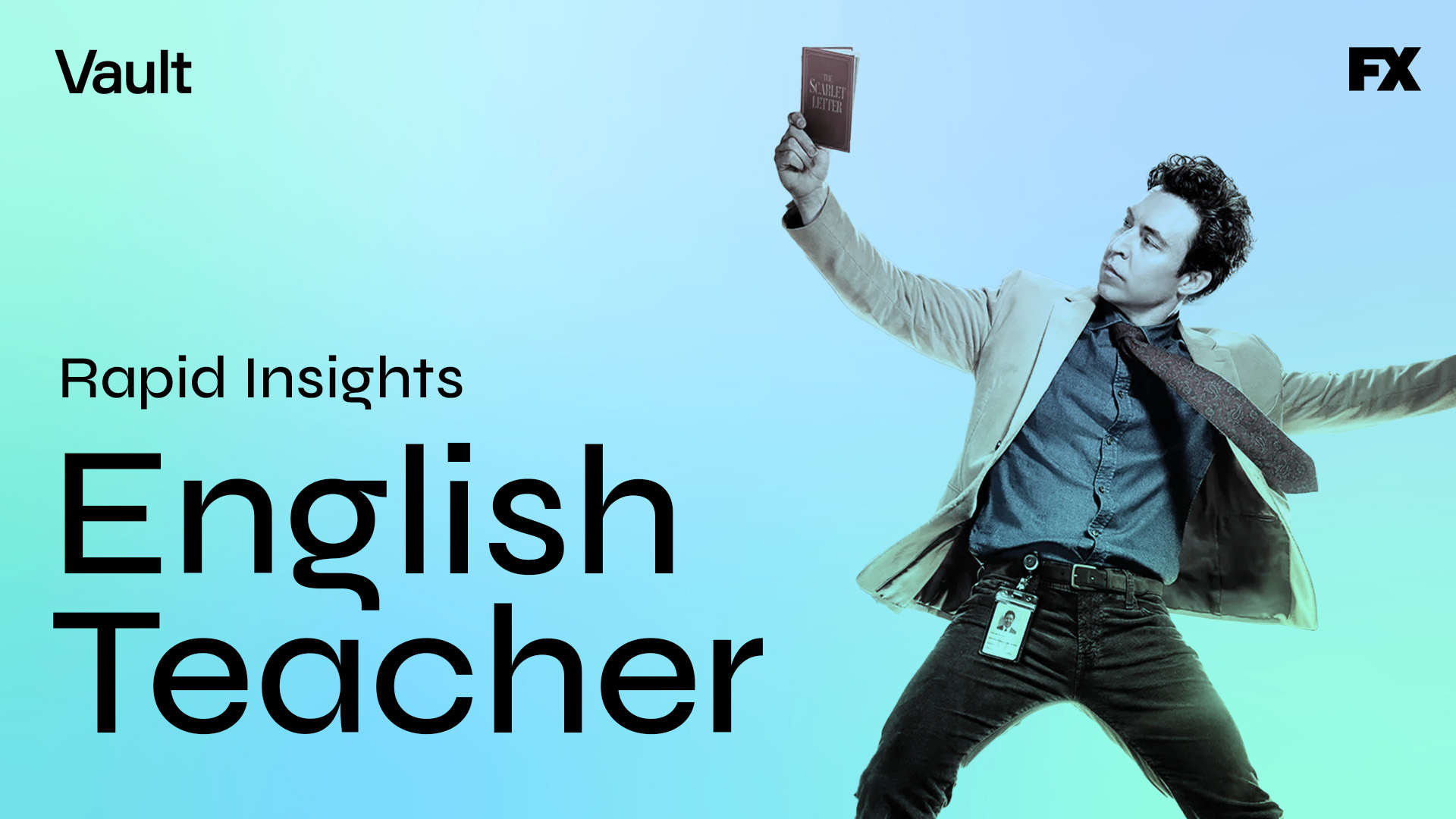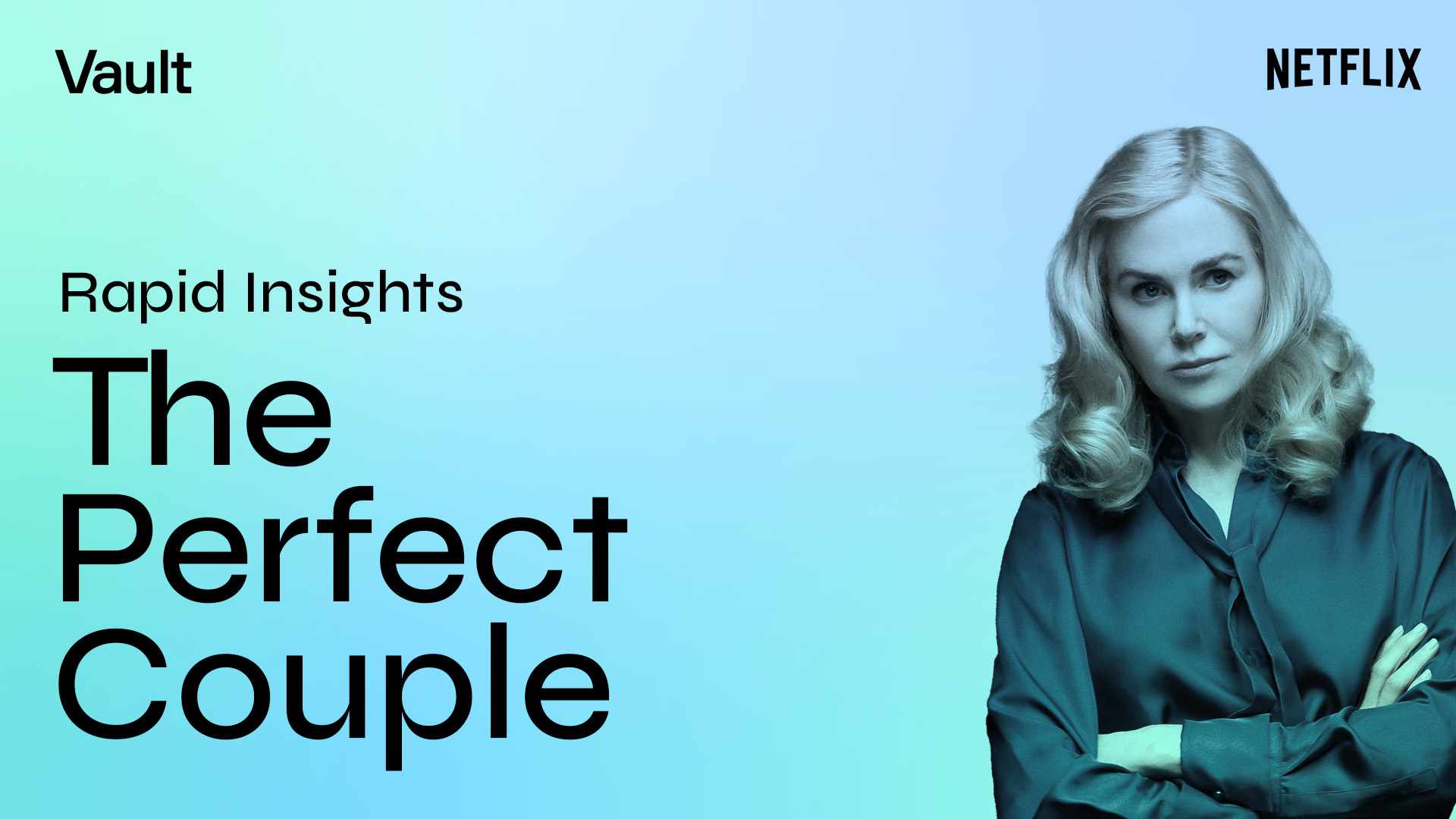Early next month, Disney+ will release its newest buzzy entry in the Star Wars TV canon, this time mixing it up by focusing on a younger set of protagonists. Set in the same time frame as The Mandalorian (just after Return of the Jedi), the show tells a coming-of-age story about four pre-teen kids who, after becoming lost, must embark on a cosmic adventure through the perilous galactic underworld to find their way back home.
Here’s what you need to know about Star Wars: Skeleton Crew:
Vault uses index scores to describe the impact a given story/theme/element will have on specific KPIs:
≤79 Disappointing 80-89 Challenging 90-109 Average 110-119 Promising 120+ Outstanding
Will this newest series attract the same Star Wars audience?
Almost but not quite. For Skeleton Crew, we’re predicting a viewership that skews toward men (67%) and those aged 30+ (62%). While previous live-action Star Wars shows like The Mandalorian, Andor, and Ahsoka hit this same sweet-spot audience quadrant, they generally leaned a bit older (66-70% aged 30+) thanks to their more adult-focused storylines; Skeleton Crew’s pre-teen protagonists, in contrast, will likely attract a family audience as well.
Why will viewers be tuning in?
For kid-friendly adventure. The series focuses on four rebellious pre-teen heroes (Child POV, 127) who, lost in an unfamiliar and dangerous galaxy, band together (Team Up, 135) to survive and forge an Unlikely Friendship (138) with a mysterious rogue who promises to get them back home. Audiences will want to see how the group navigates Scary Situations (141) within the galactic underworld that put their Lives in Danger (131), all the while knowing that the stakes will never grow too high for a family audience.
What type of emotional ride will fans want to experience?
Exhilarating fun and suspense. The top emotions driving Skeleton Crew’s ratings celebrate the wonder of its immersive Star Wars setting and the gumption of its four young protagonists, from Awe (138) to Ecstasy (138) to Joy (138) to Admiration (138). Coupled with these are nods to the tension built into their predicament: Apprehension (138), Vigilance (138), Fear (125). Both aspects will combine to create a memorable and engaging viewing experience.
What will keep audiences engaged once they start watching?
Its connection to the Star Wars Universe (126). As with every other series in this franchise, the various trappings of its imaginative, Distinctly Realized World (115)–the Space Travel (126), the Alien Technology (114), the unusual planets and lifeforms–coupled with references to familiar characters and events from across the IP are the top drivers of bingeability. Fans will stay tuned to see the show paint in entirely new areas of the universe they adore.
How is fan anticipation for the show?
High. Skeleton Crew is following in the footsteps of its live-action Star Wars brethren in terms of online chatter, spiking into the ‘outstanding’ range on our social buzz meter every time a new piece of information or trailer is released. As its early-December release date nears, the show will likely continue to rise, ultimately cruising along at the top of our meter (at 160) throughout its first season roll-out in the same way that the likes of The Acoylyte, Ahsoka, and Andor did.
The Day of the Jackal’s Dual Perspectives Revitalize the Thriller
Agatha All Along and The Penguin Explore the Magic and Mayhem of Evil
Redefine your understanding of TV subgenres
Introducing Genre DNA™ – TV subgenres redefined by groundbreaking AI analysis to reveal the true drivers of viewership.
See the insights that others can’t
Genre DNA™ goes beyond traditional TV genre classifications by analyzing over 1,000 scripted and unscripted series on both linear and SVOD platforms from the last 5 years.
Each Vault Genre DNA™ report offers a precise analysis of your chosen TV subgenre, uncovering its unique drivers of viewership.
*Publicly released trailers for series are evaluated using Vault’s algorithms – utilizing our proprietary 120K+ story element database alongside viewership performance and other datasets – to identify unique combinations of stories, themes, characters, and genre elements that will drive success.
